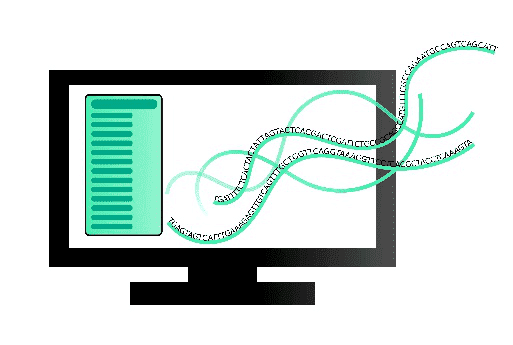| Functional metagenomics |
New functional genes, microbial processes, antibiotic resistance genes, and functional abnormalities of microbial groups can be recognized by functional metagenomics. And the interaction and co-evolution between the microbiota and hosts can also be determined. |
| High-throughput sequencing |
To define, categorize and quantify microorganisms in the environment, high-throughput sequencing technologies can be employed, thus exposing the magnitude of bacterial population and biosynthetic processes and increasing the progress of novel microbial products and by-products. |
| Heatmap |
Offers simulation of information for multiple tasks, such as microarray and RNA-Seq data differential expression analyses. |
| Multi-Omics Integration Analysis |
Providing data on biomolecules from various elements seems to be promising to comprehend complex biology systematically and holistically. It can be utilized for subtyping diseases, predicting biomarkers, and deducing data insights. |
| Annotation |
Assess the gene locations and all the coding areas in a genome and evaluate what those genes do. |
| Biodiversity Informatics |
Data on biodiversity, such as taxonomy, biogeography or ecology, is introduced to informatics methods. |








